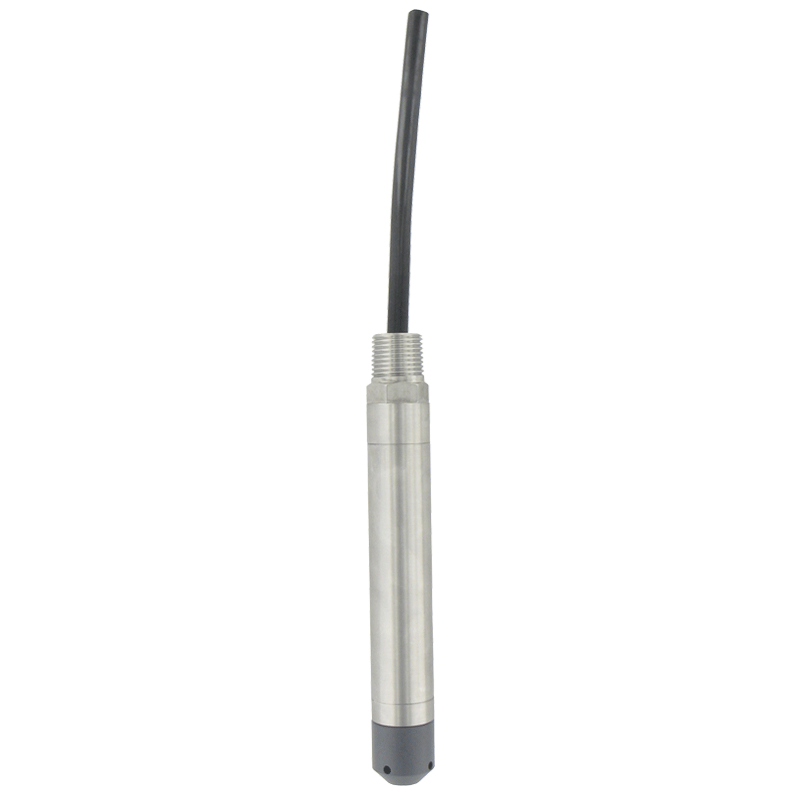Remote Monitoring of Borehole Water Levels
Remote Monitoring of Borehole Water Levels
The monitoring of water levels in boreholes in a particular region is important for a water extraction company, as it allows the water extraction to be controlled across the area to keep the water table at a consistent level throughout. However, the widespread and remote nature of these boreholes means that the communication of these water levels can be difficult and costly.

A water industry company in South Africa has combined their radio telemetry systems with Dwyer Instruments Series SBLT2 Submersible Level Transmitters to provide a cost effective and accurate solution.
As the name suggests, boreholes are drilled (or bored) into the ground, and used to monitor the water level and quality. Boreholes used for water extraction are typically completed by installing a vertical pipe or casing to prevent the borehole from caving in and also to prevent surface or rock borne contamination.
Other applications of the Series SBLT2 include installation in an irrigation water canal. Water is pumped from a river into a canal, which can be several kilometers long. At certain points along the way, water is siphoned off to the farms. In between these points there are radio telemetry stations, which monitor the water levels.
The Dwyer Instruments range of submersible level transmitters operates by measuring the hydrostatic pressure at the bottom of the borehole. This pressure is directly proportional to the depth of water. A built in breather tube allows the sensor to automatically compensate for changes in barometric pressure, and a hydrophobic Teflon filter protects this breather tube from moisture build up.
The hydrostatic pressure is converted to a 4-20mA signal proportional to a fixed level range. The small diameter of the SBLT2 or the even smaller MBLT is perfect for installation in boreholes. With a maximum cable / breather tube length of well over 200m, the deepest of boreholes can be monitored.
The system needs to be installed in remote regions and be self-powered, usually from solar panels and batteries. The low power consumption (20mA max) and the simple 2 wire connection of the SBLT2 means that the power requirements are kept to a minimum.
These remote locations also require a maintenance free system. With no float or other moving parts to wear, and no compressors or tubes to clog, the SBLT2 is perfect for this application. The SBLT2 is also unaffected by agitation, condensation or foam and is easily extracted from the borehole for cleaning or calibration.
**Note: Dwyer Instruments has so far supplied more than 100 SBLT2 Submersible Level Transmitters to remote sites around South Africa.
